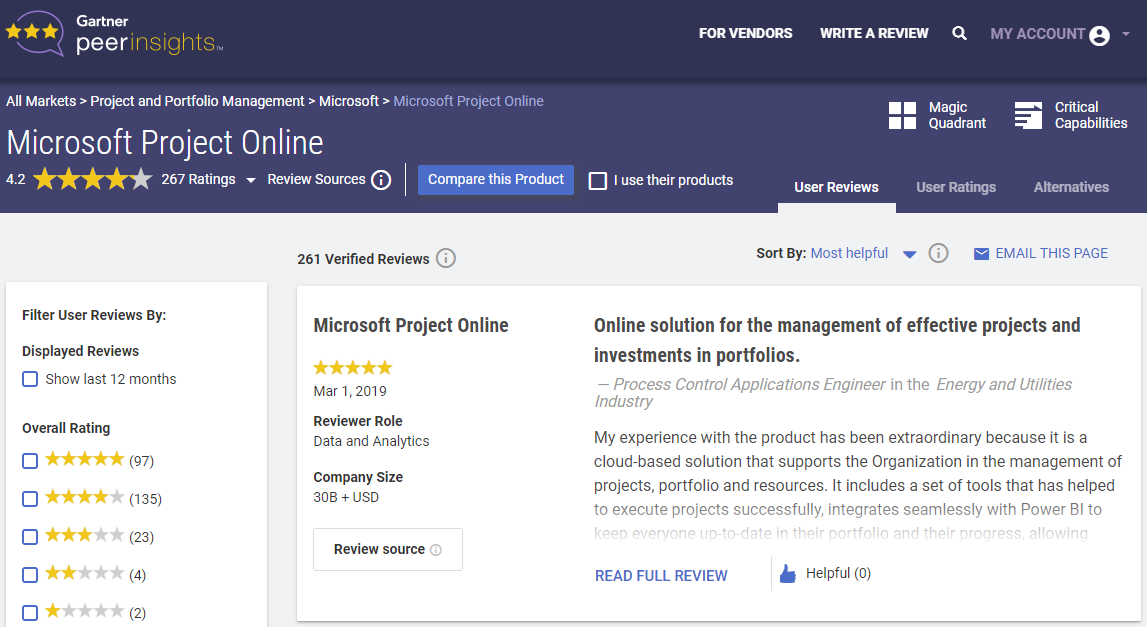

The widgets will have a “Submit a Review” button that can be linked to a sourcing link you’ve created. Widgets can be hosted on your site to not only display the overall ratings and reviews for your market, but it can also be a great direct way for your clients to write reviews about your market through the sourcing link linked to the widget. It’s a way to add credibility of your market to your landing pages, email signatures, blog posts, articles, newsletters, and other marketing pages. The data on the widget is a live feed from Gartner Peer Insights that updates daily.
#Gartner peer insights code
When you create a widget, it will generate an iframe with your overall rating, number of reviews for a market, and an optional snippet of reviews, as well as a code that you can embed on your website. Peer Insights’ widget is an aggregated, real-time view of a vendor’s review and ratings in a particular market on Gartner Peer Insights that you can host on your site to invite your users to read and/or write reviews. Important: Please reach out to your program manager or email us at for getting approvals on customized widgets before making it live You can also customize the widget code to match your website style Refer to customization section for guidelines Make sure to test the widget from your website testing from your local file system will likely prevent proper fetching of resources. Although the widget script can be placed in the HEAD tag, it will require additional development work from your team in order to work as expected.Please note that the HTML container must exist on the page and placed before the code snippet in the HTML document for the widget to work correctly.The ideal placement of the edited widget script is at the end of the page code itself. Step 2 : Embed the code at a designated place on your pageĮasiest way is to add it right before the closing BODY tag. Option B container: document.querySelector(“.widget-container”).Option A: container: document.getElementsB圜lassName(“widget-container”).Option B container: document.querySelector(“#widget-container”)Įxample 2: If the HTML selector on your page is: ….Option A: container: document.getElementById(“widget-container”).Select Examples of replacing the details in the container based on HTML selector:Įxample 1: If the HTML selector on your page is: … Match the div id and container for the code to be liveĬontainer: //DOM node in which the widget is to be rendered Please note: Use the HTML selector which is compatible with most browsers. Replace our example (highlighted) with your own HTML selector by passing the HTML element’s id or class attribute.
#Gartner peer insights update
Update the container in the script to include the HTML container to indicate widget location on the page.

Step 1 : Update the code “container” to integrate with your website Steps to Integrate code with your website


 0 kommentar(er)
0 kommentar(er)
